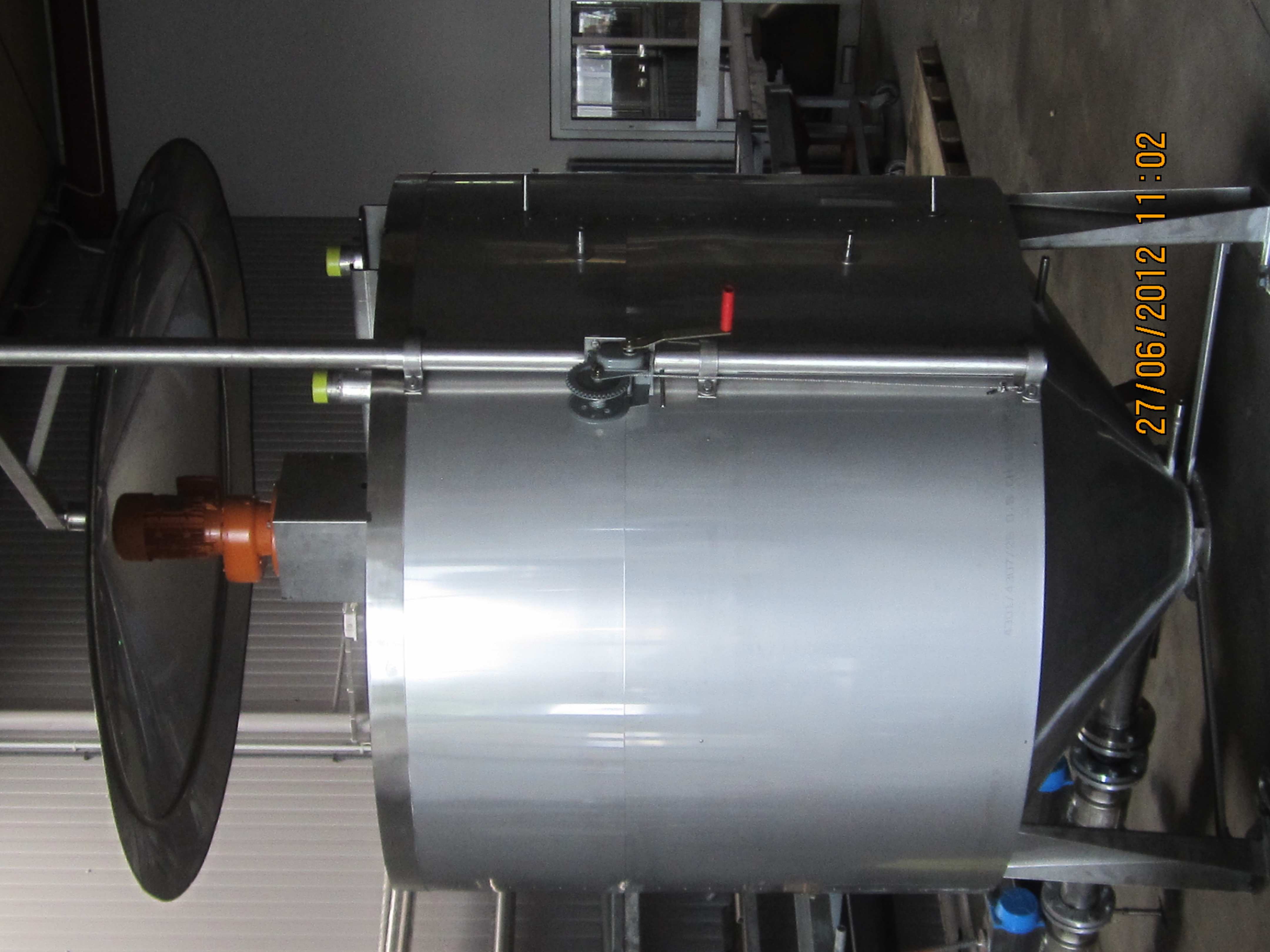Hygienisation in biogas plants
Sterile end products for industry and commerce
Hygienisation in biogas plants is a vital process in which organic waste is treated thermally to kill off harmful microorganisms such as pathogens and germs. The goal is to produce a safe, sterile and eco-friendly end product – for example digestate for use as fertiliser which is suitable for commercial and industrial applications. TEWE uses cutting-edge hygienisation technologies to ensure compliance with the highest safety standards and guarantee sustainable exploitation in various sectors. Both full and partial hygienisation are possible. Full hygienisation involves treating all of the digestate after the fermentation process. Partial hygienisation, on the other hand, means only treating the necessary part of the input before the fermentation process.
Important steps in the hygienisation process
- Material preparation (comminution and homogenisation)
A homogeneous material structure is crucial for uniform heat treatment. This makes pre-comminution and homogenisation especially important, for example for large or fibrous components such as bones or plant waste. Uniform particle sizes ensure that all components of the substrate reach the required temperature to guarantee complete hygienisation, which is a vital step for commercial and industrial waste.

- Thermal hygienisation
Thermal treatment is the core process of hygienisation. The material is heated to a temperature which effectively kills off pathogenic microorganisms. TEWE adjusts the temperature and heating time to the specific requirements and legal regulations, which are often very strict when it comes to commercial waste.
Heating: Typically, temperatures reach up to 80 °C for at least 60 minutes. The EU stipulates that animal byproducts, such as slaughterhouse waste, be heated to 70 °C for at least one hour (per Regulation (EC) No 1774/2002).
Retention time and temperature control:: The heat is transferred by steam, hot water or heat exchangers, depending on the consistency of the material. Sensors continuously monitor the temperature so that the parameters for the entire hygienisation process remain consistent.
- Automation and documentation
TEWE uses PLC control systems which automatically monitor and document the temperature and retention time. This complete documentation is especially important not only for complying with the legal requirement to provide evidence, but also for industrial customers who depend on reliable process control.
- Cooling
After hygienisation, the material can be cooled in a controlled manner before entering the fermentation process. The advantage of this is that it improves the utilisation of the generated thermal energy through heat recovery.
- Fermentation (anaerobic digestion)
After hygienisation, the sterile material is added to the fermenter where it is anaerobically digested to produce biogas. The digestate produced in this process can be used in various commercial applications, from horticultural fertilisers to industrial exploitation markets.
- Monitoring and documentation
Adherence to the specified temperatures and times is documented in full, which is absolutely essential in the processing of animal and commercial byproducts. TEWE uses specially developed PLC monitoring software to ensure complete monitoring and documentation of the entire process.
Legal regulations and standards
Hygienisation is subject to stringent legal requirements, particularly for industrial and commercial purposes. Within the EU, the regulations (EC) No. 1069/2009 and No. 1774/2002 govern the handling of animal waste and other commercial waste products with the aim of excluding risks posed by pathogens. TEWE uses comprehensive automation and complete documentation to ensure that all legal standards and requirements are met at all times so that the end products are free of germs and safe for subsequent use in industry and commerce.
References





